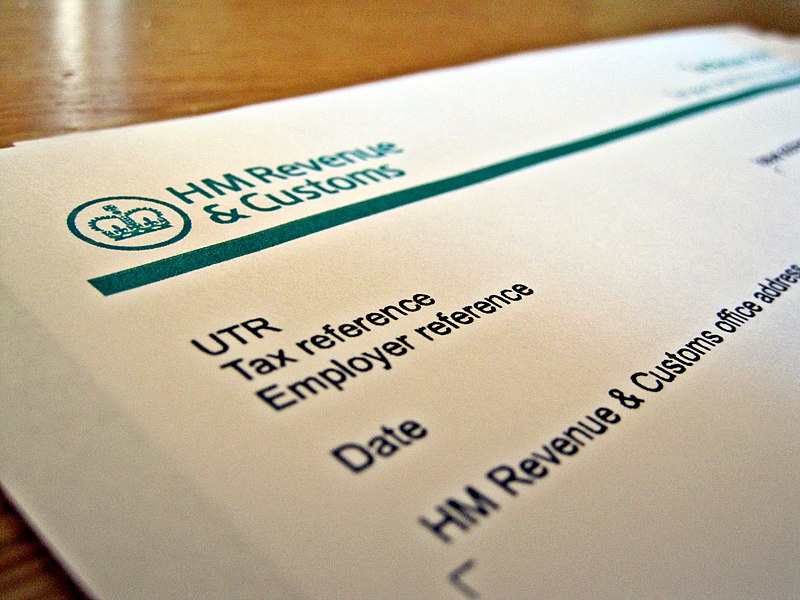
HM Revenue and Customs (HMRC) has estimated the UK’s tax gap—the shortfall between taxes owed and collected—at 5.3% for the 2023-24 tax year, amounting to £46.8 billion.
Despite this, HMRC successfully collected £829.2 billion, covering 94.7% of all tax due.
The government plans to raise an additional £7.5 billion by stepping up efforts to reduce this gap, focusing on compliance, modernization, and enforcement.
Key highlights:
- Small businesses account for the largest portion of the tax gap, making up 60% of the total.
- Corporation Tax is responsible for 40% of the gap.
The main causes include:
- Failure to take reasonable care (31%)
- Error (15%)
- Evasion (14%)
Revisions to past data show the 2022-23 tax gap has been updated from 4.8% (£39.8 billion) to 5.6% (£46.4 billion), reflecting improved data and methodology.
Government action
Exchequer Secretary James Murray MP emphasized the importance of reducing the tax gap, improving HMRC services, and modernizing the tax system.
“Every pound of tax uncollected puts a greater burden on honest taxpayers and deprives public services of vital funding,” said Mr. Murray.
Digital reforms and investment
The Making Tax Digital (MTD) initiative is central to tackling errors and carelessness:
- MTD for VAT is projected to raise over £4 billion by 2030.
- MTD for Income Tax, launching in April 2026, is expected to bring in £1.95 billion by 2030.
Additionally, the Spending Review 2025 allocated £1.7 billion to expand HMRC’s workforce, funding 5,500 compliance officers and 2,400 debt management staff over four years.
Measures introduced in the Autumn Budget 2024 and Spring Statement 2025 are expected to deliver the planned £7.5 billion boost in tax revenue. Photo by Images_of_Money's profile, Wikimedia commons.




































